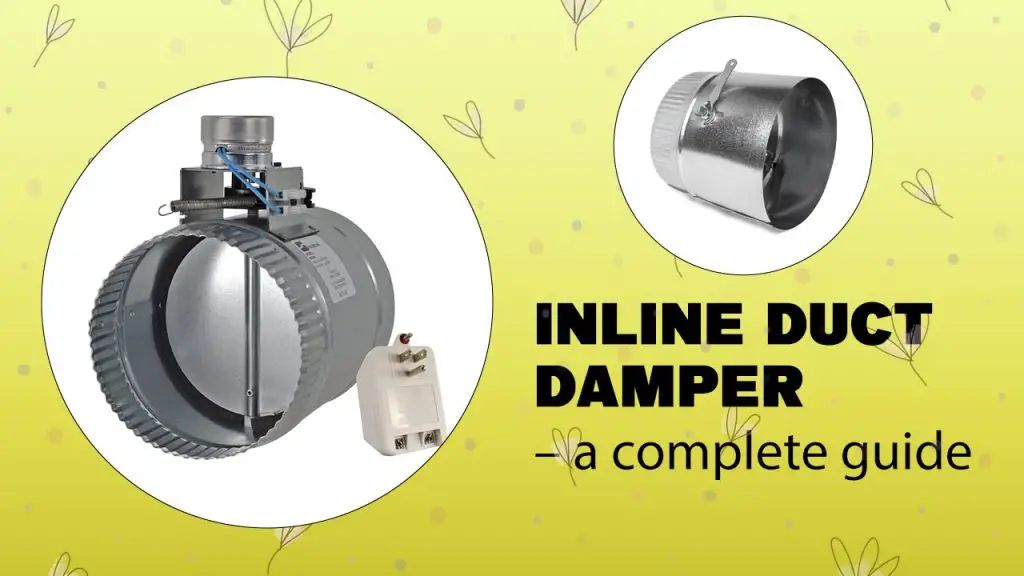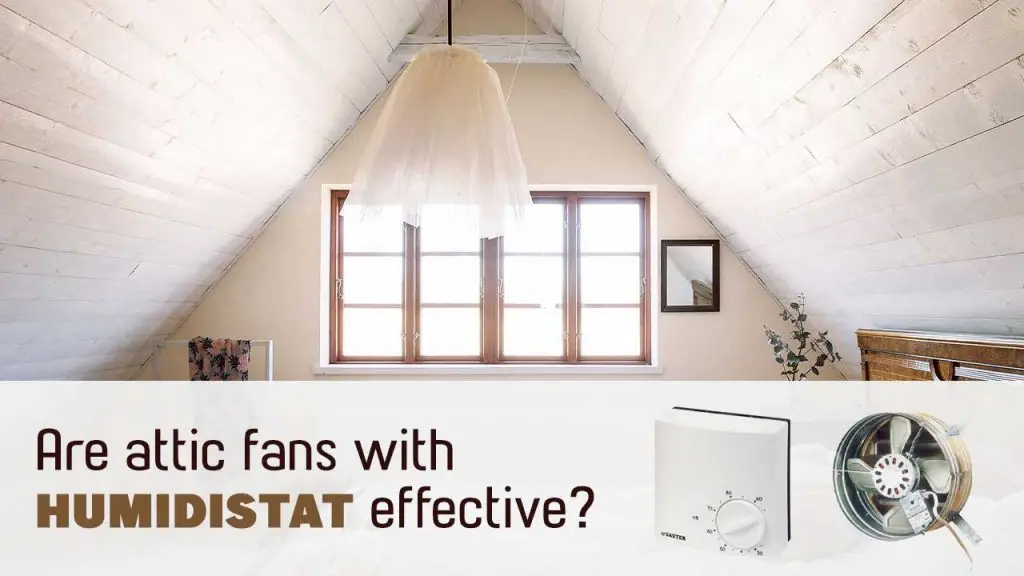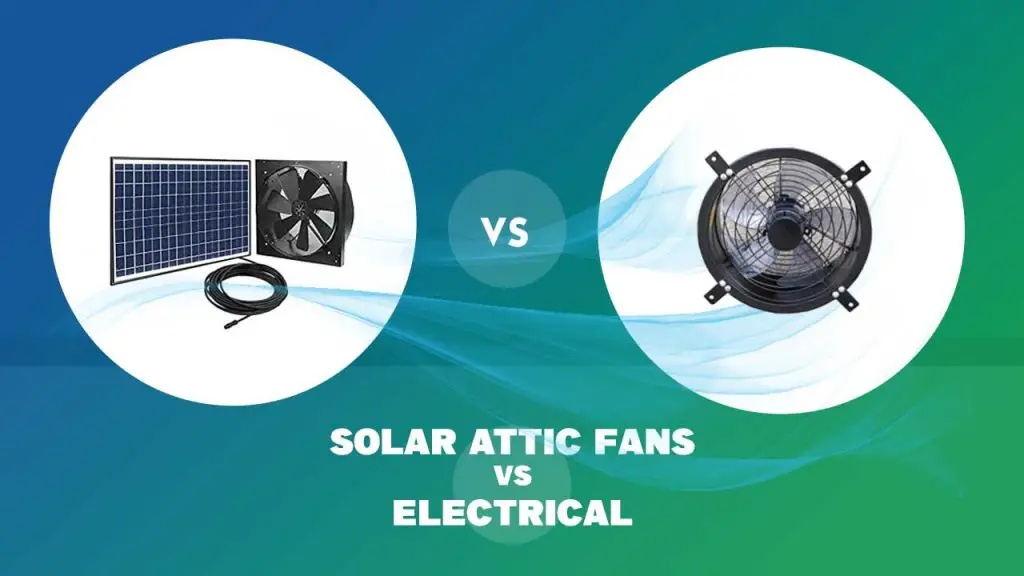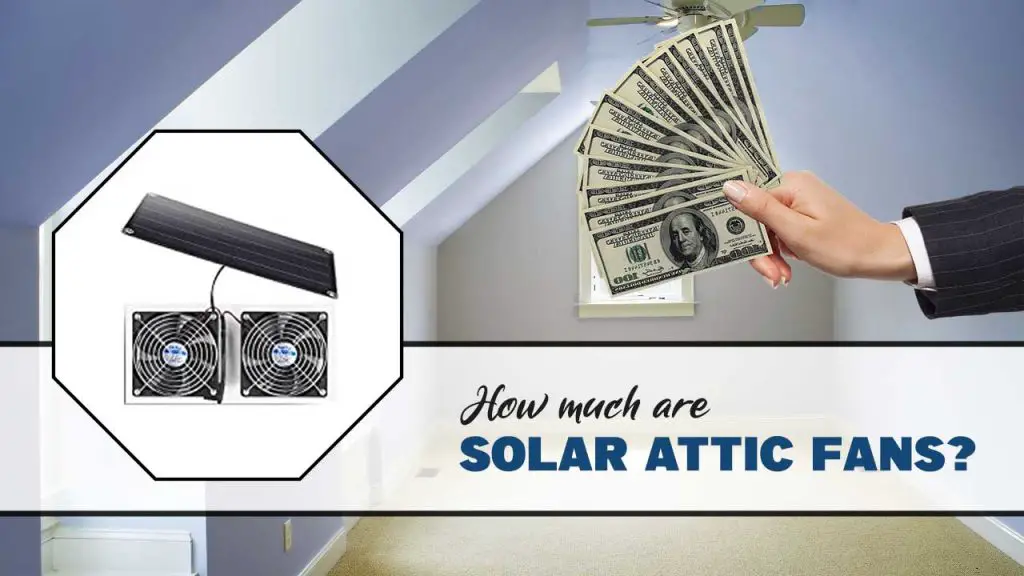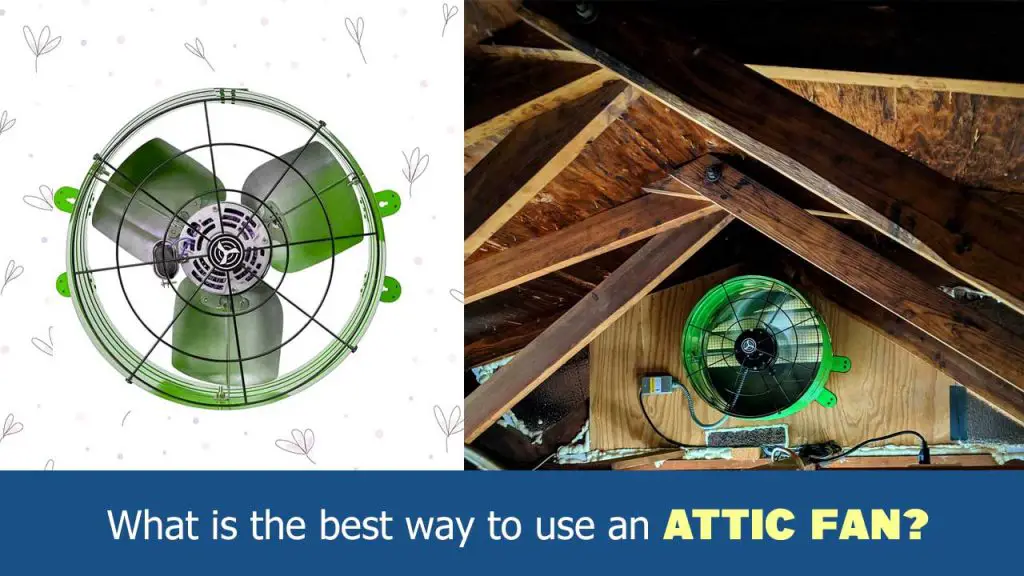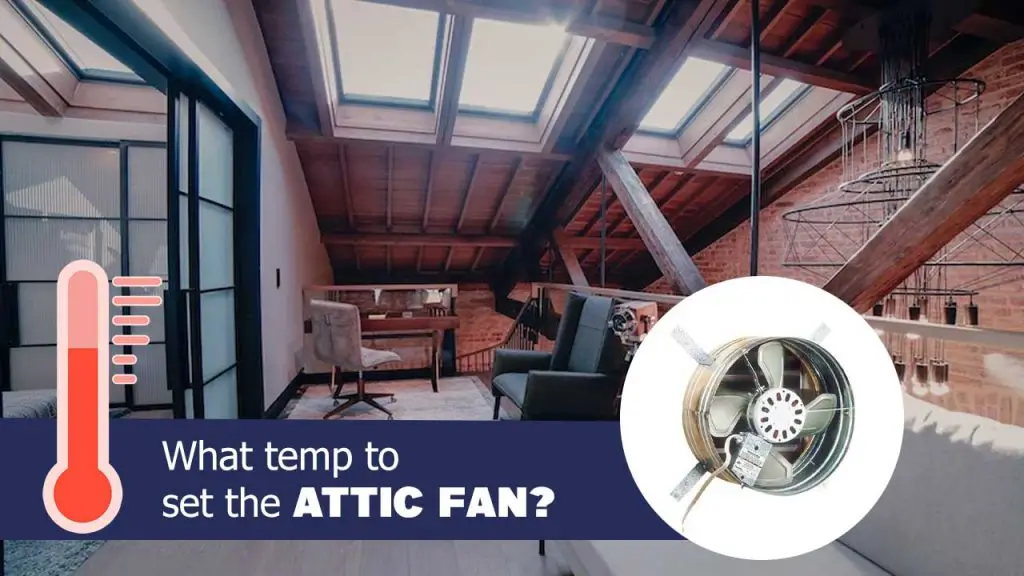Energy efficiency is one of the most important benefits that every homeowner seeks to derive from their HVAC systems.
After purchasing the right product, installing the unit perfectly, insulating where necessary and even installing an automated thermostat, you’d think you’ve got it all covered.
However, there’s one more move you’ve probably never heard about; that’s the duct damper. In this post, we’ll demystify this very important but largely unknown component and tell you all there is to know about it.
Also called an HVAC damper, an inline duct damper is a very useful tool that maximizes your energy usage by helping with things like zoning and directing airflow only to areas where it is needed while cutting off the same to areas that are unoccupied.
This will certainly help to save energy and reduce running costs. So, what exactly is a duct damper and what is it used for?
What Is a Duct Damper?
A duct damper or HVAC damper is a moveable plate that is placed in the ductwork to help control and regulate airflow. If you know how a dam works, you’ll have an idea of what a duct damper is.
While a dam blocks water and prevents its flow downstream, a duct damper blocks air from going through when it is shut off. This moveable plate is located around 5 feet from the primary duct trunk.
As an essential component in your HVAC’s zoning system, you can think of dampers as valves in ducts that decide when air flows through and when it doesn’t.
A duct damper is simply a control mechanism that determines how much-conditioned air goes into different parts of the building. Duct dampers are built as either round tubes or as square frames with louver-like blades fitted horizontally.
They also come as either manual units, such as the SMK Manual Volume Damper or automatic valves, like the 8-inch Suncourt damper. A manual damper has a lever attached to the side which you can manipulate to shut off the passage or open it up for airflow.
On the other hand, an automatic duct damper is equipped with electric or pneumatic motors connected to a fully-automated system or smart thermostats placed in different parts of the building for easy control.
What Does an Inline Damper Do?
You probably already have an idea of what an inline damper does, in terms of controlling conditioned airflow in the duct.
We have attempted to break this function down into three major areas:
1. Cut off air conditioning airflow to unoccupied rooms
A duct damper is a perfect component for zoning. With an effective damper, you’ll be able to cut off airflow from the central air conditioner to certain rooms where it is not needed.
This will allow much of the conditioned air to move into only places where cool or warm air is needed the most.
2. Regulate temperature
Temperature regulation is another very important function of a duct damper. It determines how cold or warm each part of the building is by controlling the amount of conditioned air that goes into each part of the building.
If you have an automatic damper, you’ll enjoy convenient temperature regulation by a push of a button from wherever part of the building you may be.
3. Manage energy consumption
By preventing waste and directing airflow only to areas where it is needed, duct dampers tend to promote energy efficiency. Unoccupied rooms can be cut off from air conditioning without affecting the operation of the unit.
Also, you can decide to reduce the speed of the unit and direct available conditioned air to only the parts of the building where it is needed.
Do All Ductworks Have Dampers?
No, not all ductworks have dampers. But they all should. This doesn’t mean that your HVAC unit will not function properly without a duct damper, it simply means you won’t enjoy the zoning advantage that a damper offers and will not have as much efficiency.
Virtually all homes with an added second level should have dampers installed in their ductwork. This is simply to allow for multi-level and multi-stage control of conditioned air in different parts of the home. Note, however, that dampers can be installed if they’re absent.
You should be able to tell if there’s a damper in your duct by checking the runs that flow from the main unit and see if they each contain a damper.
You would naturally find them about 5 feet from the HVAC unit’s base, which translates to 5 feet into the duct from the HVAC unit. If going into the crawlspace isn’t your strong foot, you may have to invite an HVAC professional to do so.
Usually, the switch or lever should be visible on the body of the duct as a sign that there’s a damper inside.
Different Types of Inline Duct Dampers
We’ve already mentioned a few types and forms of inline duct dampers, but here we’ll tell you what makes each of them different and how they work. First, a duct damper can be manual or automatic. But beyond that, there are dampers for HVAC systems and those for industrial processes.
There are five (5) different types of HVAC dampers:
1. Blade Dampers
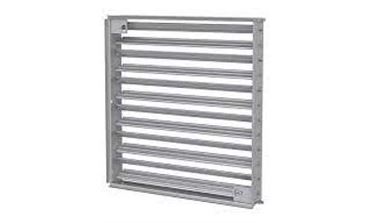
These are usually thin metal plates used for controlling airflow in an HVAC or air handling system, including ducts and chimneys.
These blades move in opposite directions and offer efficient control and metering, with less noise but great strength for superior sealing capacity. Its blades are able to adequately stop airflow when shut off and allow it to go through when opened.
2. Louver Dampers
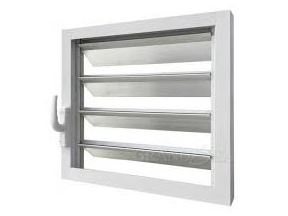
This type of damper is known for its strong and effective air blocking capacity. It also has a very quick response time and moves into action in a matter of seconds when activated.
They use flat blades attached to hinges for different duct sizes and remain one of the most popular duct dampers out there.
3. Butterfly Flat-dish Damper
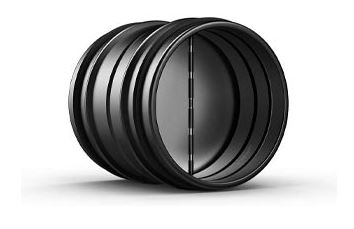
This is another very common type of damper, high on efficiency but with less maintenance. It consists of a blade attached to a hinge to restrict airflow by adequately filling up the duct, especially if it is lined up properly.
Although it typically features one blade, it can also feature multiple blades on special requests and only when necessary. A good example is the 6-inch Infinity backdraft damper.
4. Guillotine Dampers
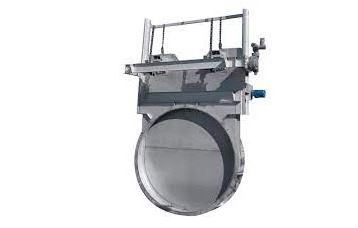
For the best sealing quality, homeowners often opt for guillotine Dampers; and so should you. They are notorious for being able to completely shut out airflow in an air handling system.
If you require proper isolation for any reason, including entry into a duct through the back of a media source or regular maintenance, this damper is one way to restrict airflow.
5. Inlet Vane Dampers
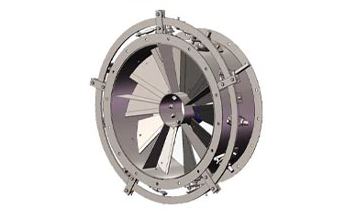
You’d find this type of damper mostly on fan inlet applications for pressure control and enhanced flow. In cases where a facility requires full regulation of its ventilation, the inlet Vane Damper becomes useful in such HVAC settings.
They have several blades all within a central hub to introduce swirl into the inlet, offering better control and even greater performance.
How Do You Install an Inline Duct Damper?
Installing a duct damper requires some technical knowledge of a duct system, but also following some basic steps. The first thing is to identify the best spot for locating the damper.
We recommend about 5 feet from the base of the HVAC unit. But, if you have doubts, you should call your HVAC professional.
Also, there are some tools and materials you’ll need for a successful installation. They include a cordless drill, aluminum duct tape, tin snips, wire nuts, 18-22 gauge wire, and safety goggles.
For a simple and successful install, you should follow the process below:

- Take an accurate measurement of the duct to determine its length, and measure the part you need to cut out. Indicate the points with a sharpie.
- Remove that section of the duct you marked out.
- Mark and cut out the section of the duct where you intend to install the damper. Your tin snips should work fine for this.
- Put back the section you’ve removed back in your crawlspace.
- Put the duct damper in between the sections of the duct you cut out earlier.
- Ensure the junction box is well positioned so it shields the wires running to the source as instructed by the manufacturer.
- Ensure that all connections created are grounded.
- Secure the damper firmly at both ends and seal each end using the aluminum duct tape.
- Turn on your system and you’re good to go.
Final Words:
A duct damper can make a big difference in your home by helping to maximize the benefits of your HVAC system.
Whether it’s a manual or automatic system you decide to get or whether you’re weighing your options from the different types of dampers discussed in this post, getting the right one is what guarantees the value you derive from a duct damper.
Not only will it help with accurate airflow control and restriction, when needed, but it also enhances the overall efficiency of your HVAC system.
| Photo | Title | Buy |
|---|---|---|

|
LEVOIT Air Purifier for Home & Bedroom - For Allergies and Pets Hair | Check Price On Amazon |

|
BREEZOME 60 OZ Quiet Dehumidifiers for Home, Dual-Semiconductor | Check Price On Amazon |

|
AquaOasis™ Cool Mist Quiet Ultrasonic Humidifier for Bedroom & Large room | Check Price On Amazon |

|
43.3'' Portable Air Conditioners, 3-IN-1 Evaporative Air Cooler w/Remote | Check Price On Amazon |

|
BlueDri BD-AS-550-BL Negative Machine Airbourne Cleaner HEPA Air Scrubber | Check Price On Amazon |

|
Space Heater, VCK 24" 12ft/s Fast Quiet Heating Portable Electric Heater | Check Price On Amazon |
